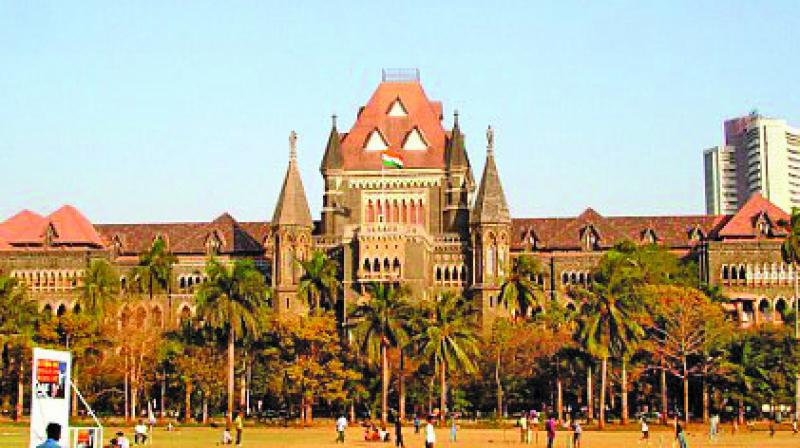The intersection of family law and intellectual property law took center stage on October 10, 2024, when the Kerala High Court deliberated on a unique dispute involving a trademark infringement claim between spouses. This intriguing case revolved around the “Calluna” trademark, used for shops in Changanacherry, Kerala, and raised significant questions about the jurisdiction of family courts in intellectual property disputes. The Dispute: Calluna Trademark and Family Court Ruling Mr. C.K. Chandran, the petitioner, sought a permanent injunction to restrain his spouse, Mrs. Manju, from accessing two shops operating under the “Calluna” trademark. Mrs. Manju counterclaimed, asserting ownership of the trademark and seeking to prevent Mr. Chandran from using it. The Family Court in Kottayam dismissed Mr. Chandran’s claim but upheld Mrs. Manju’s, barring him from using the trademark and mandating its removal from all physical and digital platforms. However, the Kerala High Court found the Family Court’s decision problematic, particularly the injunction’s scope extending beyond the shops in question. The case was remanded to the Family Court for reconsideration, leaving unanswered a critical question: Can a family court adjudicate trademark disputes? Trademark as Property: A Jurisdictional Debate Proponents of family court jurisdiction argue that trademarks are a form of property, enabling family courts to adjudicate disputes under the Family Courts Act, 1984. Section 20 of the Act provides it with overriding powers over conflicting laws. However, critics highlight that trademark disputes are inherently commercial, governed by the Trademarks Act, 1999, and the Commercial Courts Act, 2015. The latter, being a newer legislation, arguably takes precedence, limiting the scope of family courts in such matters. In the Calluna case, the argument against family court jurisdiction was bolstered by the absence of a family-owned trademark element. Family-owned trademarks, commonly used in family-run businesses, are jointly owned by family members. Here, Mrs. Manju was the sole owner of the “Calluna” trademark, making the dispute more commercial than familial. Commercial vs. Familial Aspects of the Case Adding to the complexity, the Family Court’s finding that the shops were held in trust for Mrs. Manju’s benefit introduced a commercial angle to the case. Simultaneously, the marital relationship between the disputing parties added a layer of family law concerns. The Kerala High Court acknowledged these dual aspects but refrained from commenting on the merits, focusing instead on procedural clarity. What Lies Ahead The remand to the Family Court provides an opportunity to address the question of whether trademark infringement claims are within its jurisdiction. This case emphasizes the need for a nuanced approach in dealing with disputes that blur the lines between family law and intellectual property law. The Calluna case serves as a reminder of the evolving nature of legal disputes and the need for clarity in the jurisdictional boundaries of family courts. As courts increasingly encounter cases that straddle multiple legal domains, a balanced approach will be crucial to ensure justice and uphold the integrity of intellectual property rights. The outcome of this case could set an important precedent for similar disputes in the future, highlighting the dynamic interplay between family law and intellectual property law.







